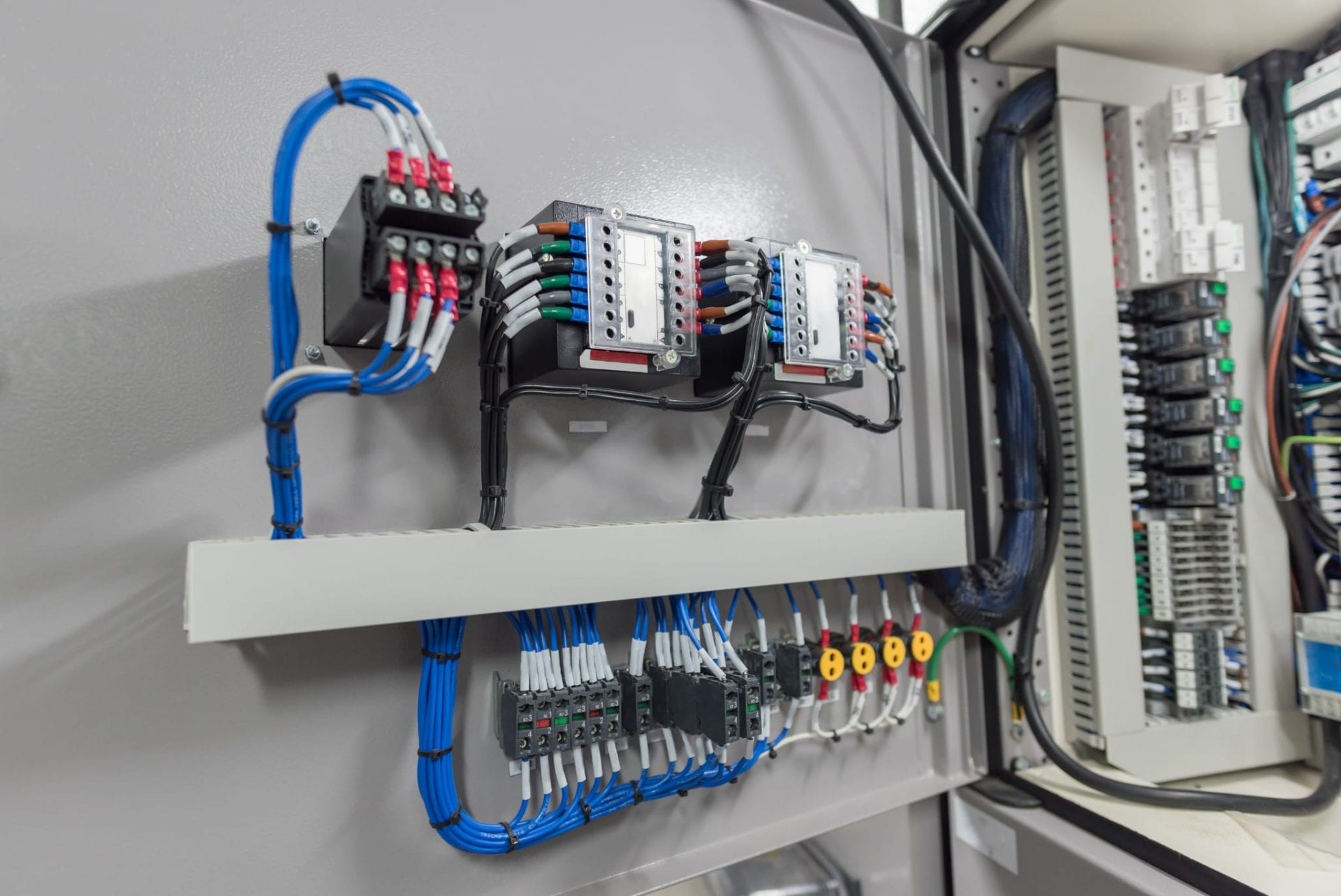A Step-by-Step Beginner's Guide to Electrical Wiring

Electrical wiring is an essential element of every home and understanding it is essential for every homeowner. Not only does it help to ensure the efficient functioning of your home however, it is essential to ensure your safety. In this article, we will discuss the basics of electrical wiring, the importance of safety as well as the benefits having an authorized residential electrician to handle all of electrical wiring needs.
Understanding the fundamentals of electrical wiring
Wiring for electrical purposes is the network of electrical conductors that run throughout your home, providing electric power to appliances as well as lighting fixtures. It is formed by electrical circuits which connect the power source and your appliances. Electrical circuits consist of switches, wires and other electrical components that work together to create a safe and functional electrical system. There are different types of electrical wiring, such as copper, aluminum, and wire insulation types like PVC paper, rubber, or.
Preparation and planning for electrical Wiring
Before installing new electrical wiring, there are several factors to consider, including the type of wiring you’ll need, the size for your current electrical systems, and your power needs. Additionally, it is important to be aware of the electrical rules and regulations for wiring as well as the permits that are required in your area. In order to prepare your electrical wiring system, design an electrical plan, and then assess your electrical needs. This will make sure that the electrical wiring is safe, efficient, and meets your power requirements.
Materials and Tools Required to conduct electrical wiring
When installing new electrical wiring, it is crucial to have the appropriate materials and tools on hand. Essential tools include strippers, wire cutters pliers, as well as a voltage tester. Other components required to conduct electrical wiring are electrical tape, wire nuts, conduit as well as electrical box. It’s also useful to be equipped with a wiring diagram to guide you through the installation process.
Step-by-Step Instructions for Electric Wiring Installation
The installation of electrical wiring is complicated however, with the right tools and knowledge, it can be done safely and efficiently. Here’s a step-by step guide for installing new electrical wiring inside your home:
Shut off the power source to the location where you’ll be working.
Design the wiring layout and mark the location where the wiring will be positioned.
Install conduit and electrical boxes wherever needed.
Cut and strip the wires to the correct length.
Connect the wires to the devices or fixtures you’re wiring.
Make sure the wires are secured by using the wire nuts or electrical tape, or even conduit straps.
Examine the wiring to confirm it is functioning properly.
During the installation process It is crucial to follow the best wiring installation techniques and guidelines. Also, be aware of common mistakes that you should avoid while installing wiring, for example, over-loading the circuits of wires that are damaged or using the wrong type of wire for the job.
Troubleshooting Electrical Wiring Issues
Even with careful planning in the installation and design, wiring problems can arise. Common problems include wiring damages, circuit overloads and electrical shorts. To troubleshoot these problems, it is important to be aware of typical electrical wiring problems and understand how to safely and effectively tackle these issues. It is also essential to adhere to electrical safety guidelines in the event of a problem with electrical wiring like shutting off the power and wearing safety gear.
Conclusion
In the end, knowing about the electrical wiring inside your home is vital to your safety as well as the effective functioning of your electrical system. It is important to hire an authorized electrician to make sure your wiring is maintained and installed in a proper manner. We at Local Electrician St Marys, we provide a range of electrical services, which include electrical wiring installation and repair. Call Local Electrician St Marys at 1300 610 481 for all your electrical wiring needs.
Electrical Wiring FAQ
Here are some commonly asked questions related to electrical wiring, along with other safety guidelines and the best practices for electrical wiring installation and repair:
What type of wire should I use for my electrical wiring?
The kind of wire that you will need for your electrical wiring depends on the particular requirements of your project and the local building codes. It is important to use the appropriate gauge of wire, insulation type, and wire material to ensure the security and effectiveness of your electrical system.
Do I have the ability to put in myself my own wiring for electrical use?
Although it is possible to create an electrical wire yourself it is important to have the right expertise and experience to complete the task in a safe and efficient manner. In the majority of instances it is recommended that you engage an authorized electrician to ensure that your wiring is set up and maintained in a safe and secure manner.
How often should I be having my electrical wiring checked?
It is recommended to have your electrical wiring inspected every 10 years or whenever you observe signs of electrical problems, such as frequent circuit breaker trips or electrical shocks.
What should I do if discover electrical wiring issues within my home?
If you spot any electrical wiring problems in your home, for example, flickering lights or outlets that don’t work, it’s crucial to fix them right away. Switch off the power source to the affected area and then contact an accredited electrician to evaluate and repair the problem.
By following these suggestions and best practices, you can ensure you have electrical connections that are secure and functioning in a safe manner. Remember to prioritize safety and consult with a licensed electrician when needed. Reach out to Local Electrician St Marys at 1300 610 481 for all your electrical wiring requirements.
